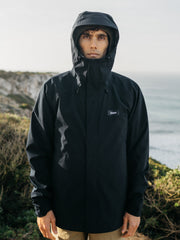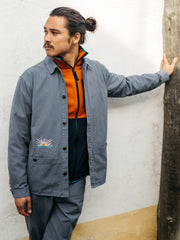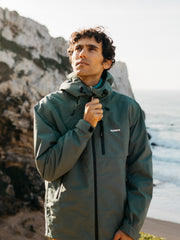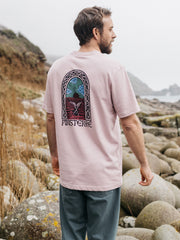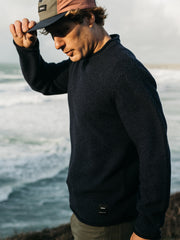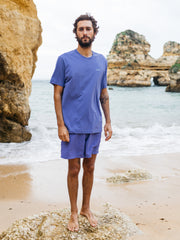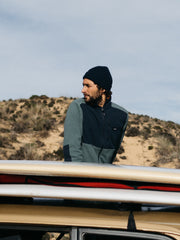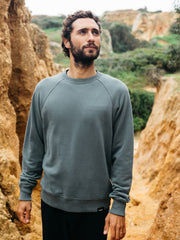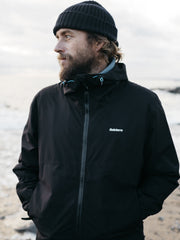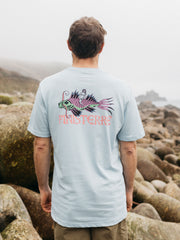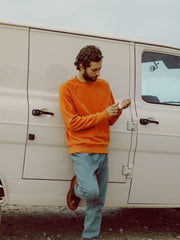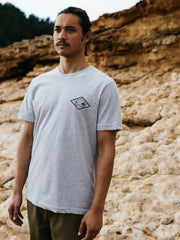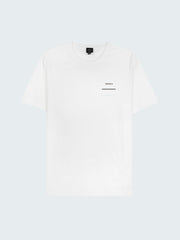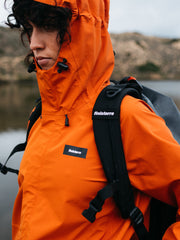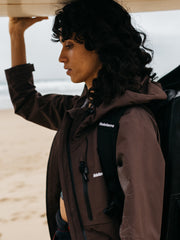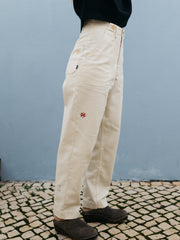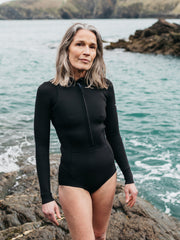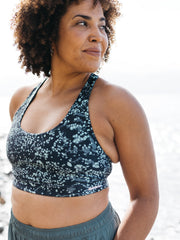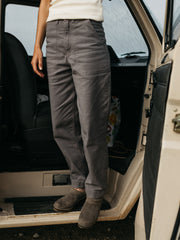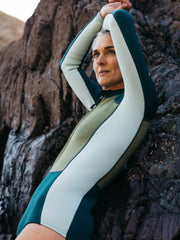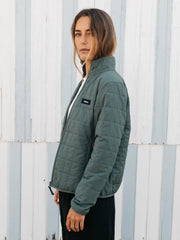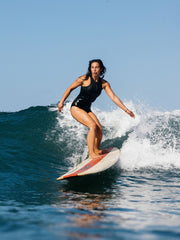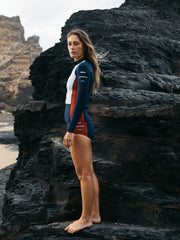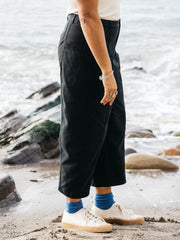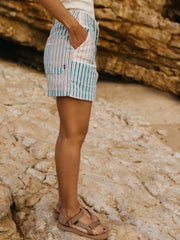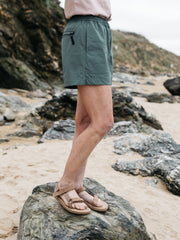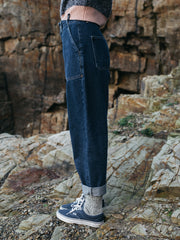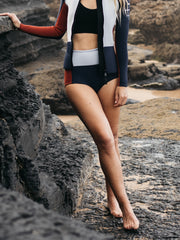Anna Atkins: A Photographic Pioneer
23.03.21
4 min read
Written by Zak Rayment
Product images by Abbi Hughes
Anna Atkins Images courtesy of the Natural History Museum
Born at the turn of the 19th century, Anna was the daughter of well-respected scientist John George Children. Shortly after Anna was born, her mother died from complications experienced during the birth so the infant Anna was left in the care of her father and the two became extremely close, forming a lifelong scientific collaboration. A renowned chemist mineralogist and zoologist, Anna’s father was deeply embedded in the scientific elite of London and with the help of his friend Sir Humphrey Davy was appointed to a post in the British Museum, as well as later becoming the founding president of the Royal Entomological Society.
At the time, women were not encouraged to make serious contributions to science, however having such a close bond with her father Anna grew up surrounded by it. She received an uncharacteristically comprehensive scientific education for a woman of the time and, as a result of her father’s standing, there were doors opened to her that would have been firmly shut to most women. Working alongside her father she became an accomplished illustrator and in her early 20s she produced a series of scientifically accurate drawings of shells which were subsequently published in her father’s English translation of Jean Baptiste de Lamarck's catalogue, Genera of Shells (1822-24).
It wasn’t long before Anna started to pursue her own work, amassing an enviable collection of preserved plants and even supplying specimens to the celebrated botanists of Kew Gardens. Botany and illustration were considered genteel enough that women were allowed to participate, and Anna’s contributions soon developed a celebrated reputation of their own.
She formed close friendships with early photographic pioneers William Henry Fox Talbot and John Herschel and is regarded by many to be the very first female photographer. We know for sure that she had access to a camera by 1841, however none of her early work has survived, so it’s impossible to say for sure and the title is equally claimed by Fox Talbot’s wife, Constance.
What we do know, however, is that she was the first woman to successfully conceive of and publish a photographically illustrated book, using the cyanotype process developed by her friend John Herschel. Her incredible images were created by placing a specimen directly onto paper coated with a light sensitive chemical solution for between 10 and 40 minutes. The paper was then washed, leaving the image behind as a white negative on a blue cyan coloured background. The detail captured in these images was revolutionary, as before photography scientists had to rely on detailed descriptions, artistic illustrations or engravings – which, depending on the artist, could be unreliable in capturing the true nature of specimens.
The first volume of her book, Photographs of British Algae: Cyanotype Impressions, was published in 1843 and is the earliest known work to have been printed and illustrated with photography. It was self-published with only a few copies made. Anna made every print herself, and even hand-wrote the text into the finished books. Three volumes were produced by 1853 – all capturing the spectacular detail and variety of British algae, with her illustrations providing unique visual representations of algae at a time when the scientific study of it was in its infancy. To this day, her images remain of lasting influence and beauty.
It is thanks to pioneers like Atkins that we have been able to develop such a deep understanding of the natural world today, and the inspiration provided by her blue cyanotype images is ever-present throughout our NHM + Finisterre collection – combining some of her original photography and style with other pieces found in the Museum’s archives.


